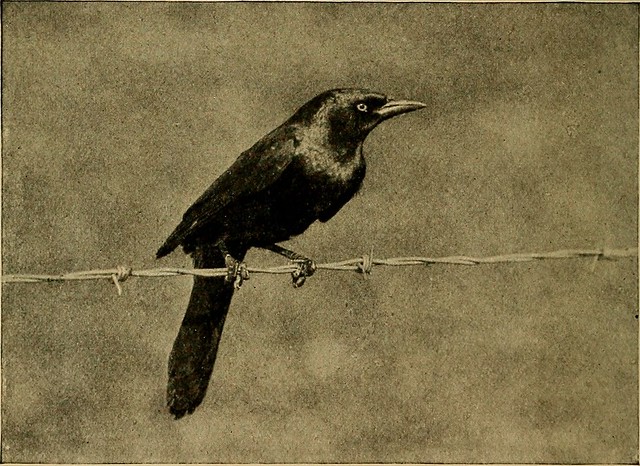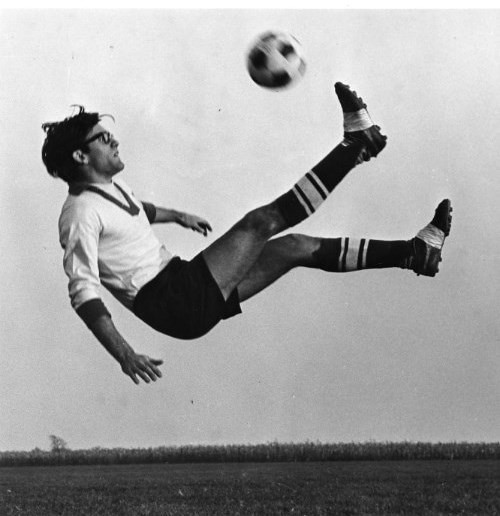This year, my very brave co-teacher and I went for it. Here's how we did it, how we made it educational, and how it has completely touched our hearts.
1. DECIDE RIGHT AWAY WHAT YOUR PERSONAL LIMITS ARE. Let's be real- at the end of the day (and school year), you are going to be the guardian of whatever little fella joins your class, so decide what you can and cannot do, and be straightforward with your students about it from the get-go. Obviously they are going to ask for anything from a puppy to a unicorn, so have your limit ready with real reasons why. For me, I decided on a small reptile because they are easy to clean up after, don't smell too bad, are relatively hardy, and hypoallergenic.
2. Research pet grants ahead of time so you know what is even available. I decided on the PetCo grant from Pets in the Classroom because they had the best selection of small reptiles. Be prepared for the fact that you will have to pay some things out of pocket including its day-to-day maintenance, but this grant took care of the expensive stuff like the habitat and the animal itself.
3. Involve students in the entire process! Don't let any teachable moment stone go unturned! There are SO many authentic learning experiences in each step of the journey to getting a class pet. We started with learning all about the potential pets by making a class chart of things we would like and would not like our new pet to have. I used the options in the Pet Grant to narrow it down to milk snake or bearded dragon (which was quickly changed to gecko when the kids got to meet an actual gecko owned by a middle school student). Then we formed a Snake Committee and a Gecko Committee and researched these two choices with books from the library and the internet.
Keeping our "Shoulds" and "Should Nots" in mind, we made co-created anchor charts of both pets with the information we found.
Finally, students used the pros and cons from these charts to write persuasive pieces on their favorite choice of pet to sway the class' votes. I also told them I was using their work to apply for the grant and made a big deal about how they were going to prove to the Pet Grant people that we deserve this pet.
This experience was also an opportunity to apply citizenship skills and practice democratic classroom principals. We discussed at length how no matter what, some of us were not going to get our first choice, and how we would react when the results came in. Also, let's not forget, they had to earn this whole experience in the first place with responsible community behavior!
4. Constantly reiterate that our job is to be good caretakers to the pet, not for the pet to entertain us at all times. Once it was decided we were getting a gecko, I applied for the grant and kept the students posted on our progress. In the meantime, we learned all about gecko care and made plans and agreements for when our new friend arrived. I'll be honest... Some of the "Milk Snake" team were not the most gracious of losers, and loudly complained that our new gecko friend was boringgggg because it sleeps all day and they never get to see it eat and bla bla bla. I plastered on a deaf smile and ignored these developmentally appropriate 5th grade whines, and once these students had a chance to handle and help care for the gecko, they too got on board with being gecko-guardians.
Meet "Hess the Gecko" (or as he's known as in some circles, "Yung Geck").
Probably the most heart warming part of all, is how sweet and gentle and serious the students are about taking care of our pet. I always have a small handful of volunteers to stay in during the afternoon to handle the gecko and help clean out water dishes or pick out dead crickets. They take turns, and take to heart their duty to put the gecko's well being first. Even my most hyperactive of students finds an inner calm within when its his turn to hold and stroke and examine sweet young Hess.
With intention, getting a class pet is a character building and learning-filled experience that can have a huge positive impact on the lives of kids. They practice teamwork, research skills, speaking and listening, responsibility, community building, stewardship to nature, and let's face it, our gecko is just plain adorable to boot.
DISCLAIMER: Gecko lifespans are 20+ years (!!!)... Only for the teacher who is brave of heart and a little bit insane.


















